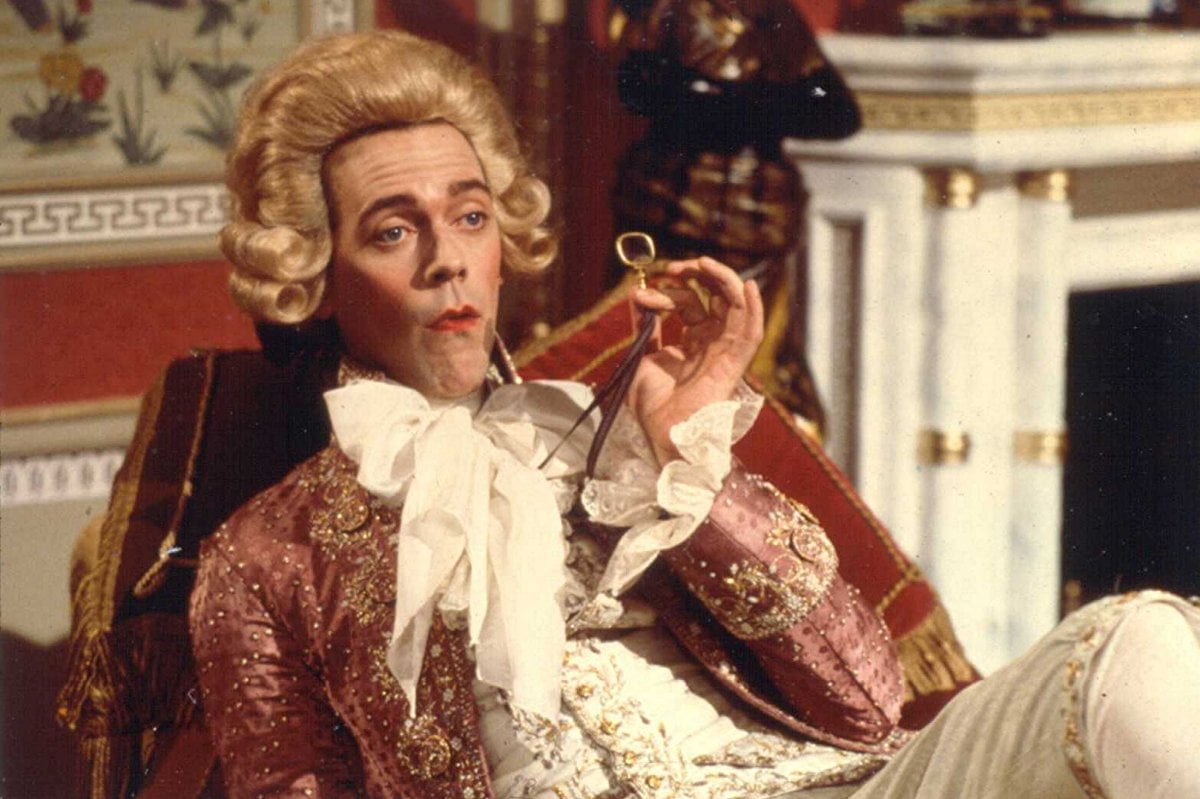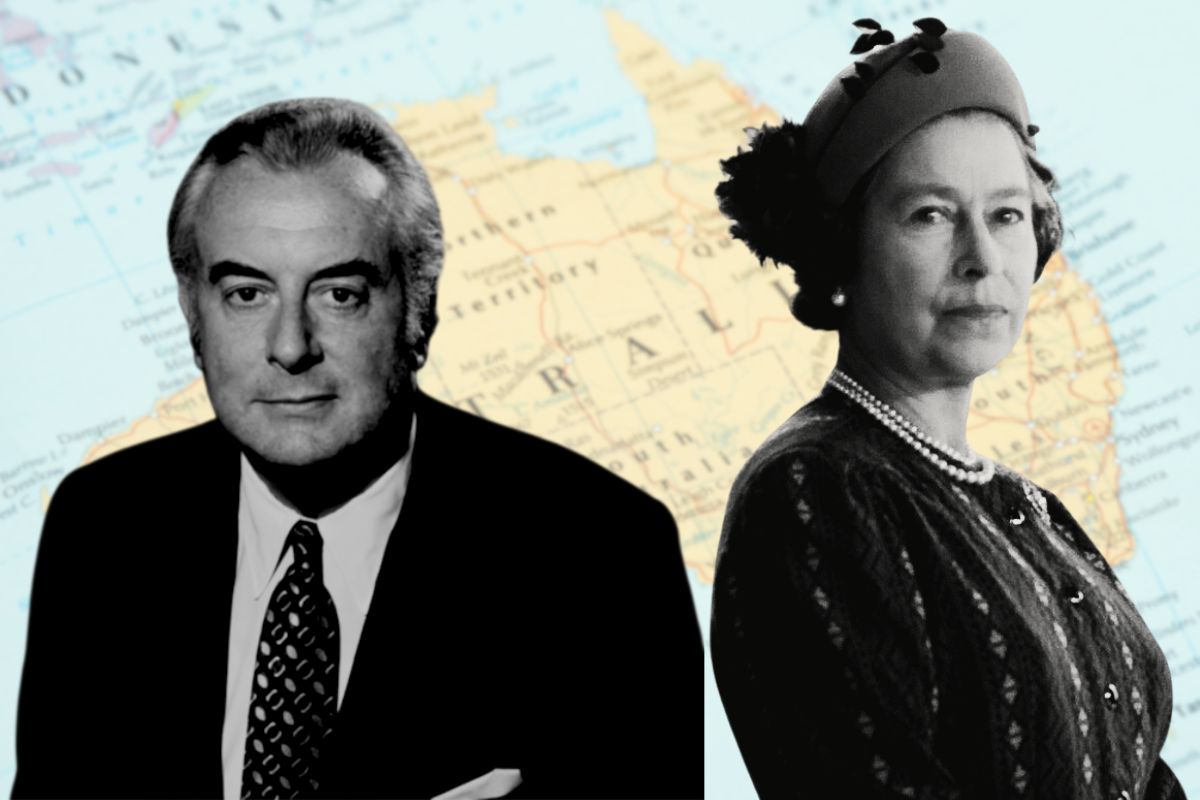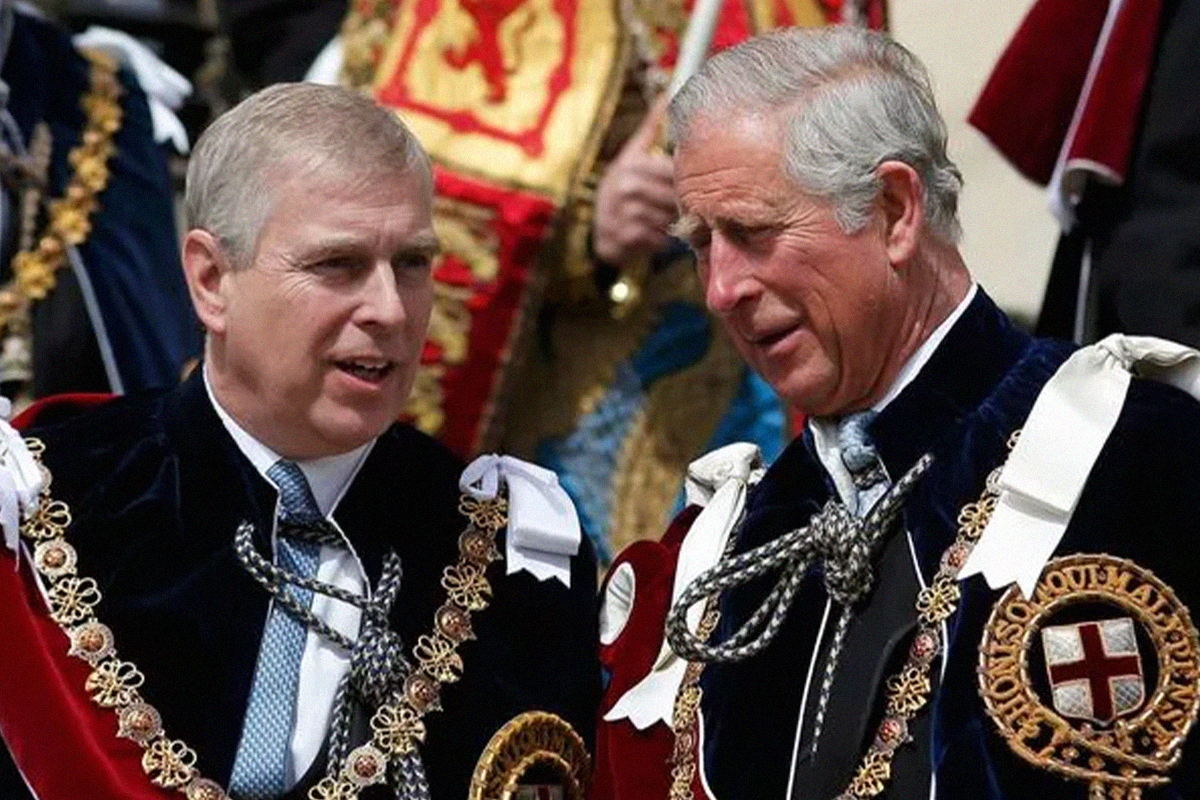Another royal wedding is coming this May. This follows endless months of Meghanmania from the tabloid press. Anyone who can stomach watching the ceremony will note that many of the attendees all seem to look the same, as if they are all related in some way or another…And, in fact, they are!
Welcome to the British aristocracy. No other section of society is so obsessed with themselves as the nobility seem to be. Inbreeding is a way of life for them. They really do believe that they have blue blood and are born to rule. (Although the capitalists have largely, but by no means totally, relieved them of this onerous task.)
As a new book on the subject of the royalty outlines, however:
“[The aristocracy] still figure prominently in every list of Britain’s richest people, possessing some of the largest estates and the most profitable real estate in the world and employing the most expensive lawyers to create complex legal arrangements to enable them to avoid inheritance and other taxes while raking in millions of pounds in agricultural subsidies.”
Entitlement: A critical history of the British aristocracy by Chris Bryant (Doubleday books) takes a hard look at the murderous, double-dealing, two-faced history of our noble lords and ladies. As Bryant notes at the start of his book:
“At the very heart of the idea of ‘aristocracy’, which directly translated from its Greek origins means ‘rule by the best’, is an assertion that true quality is inherited…”
Blue blood’s beginnings
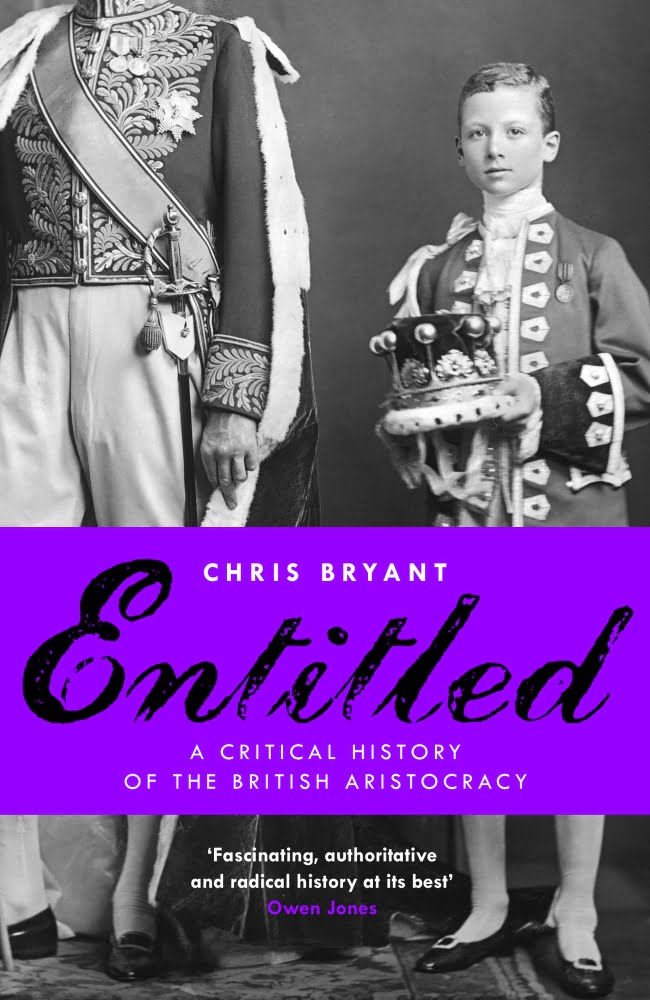 So where did today’s aristocracy actually come from?
So where did today’s aristocracy actually come from?
In the period following the Romans’ departure from British shores, the ruling kings of England gathered around them military companions, or ‘gesiths’ (to use the old English of 650-750AD). These fighting men, who in turn had other “armed bodies of men” beneath them, would be the forces by which a ruler maintained or grabbed power, depending on their circumstances.
From the 8th to the 10th century, these men went by the title of ‘thegn’ (or ‘thane’ in Scotland). “In these early days,” Bryant writes, “the noble rank of thegn was open to newcomers who proved their worth or wormed their way into royal affections.”
Later a rank of ‘super-thegns’ came to be established, variously called “eorls, ealdorman or earl”. They had considerable regional power and lay directly below the king in terms of position and authority.
The land had previously been split between Danish and Saxon rule. The consolidation of England after 900AD into a single entity – now divided into counties, shires and manors – would prove of great benefit to the nobility.
The early aristocracy was characterised by the possession of land tenure. This land otherwise either resided purely with the monarch or in effect functioned as open or common land for the use of all. The existence of common land would later on become a sore point for these wealthy plunderers.
Land tenure was a right granted solely by the king, who could take it back if it suited him. It therefore carried certain responsibilities, including the payment of rent and other tributes.
The other defining characteristic of these early lords was the military power by which they had won their titles. This made them useful to the monarchy, helping them to maintain their privileged position.
Sometimes they acted together to defend the king. At other times they would act to replace the unlucky monarch (usually with bloodshed). Or they would just fight against each other – a defining feature of these noble lords it must be said.
The result of all this, as Bryant explains, was clear:
“By the time Edward the Confessor became king in 1042, England was a patchwork of large estates in the hands of a tiny number of violent and opportunistic noble families.”
Constant warfare was the way of life.
“What these noble men and women shared was a ruthless passion for self-preservation. The constant round of invasion and civil war elevated guile, opportunism, double-dealing and brute force as noble attributes, while the quest for security entrenched the habit of seeking perpetual dominion over extensive landholdings.”
The Normans
Privileges required victories against enemies to maintain them. The Norman invasion of 1066, and the defeat of the Anglo-Saxons, purged a whole layer of the English aristocracy. Their Norman equivalents grabbed their full share of the spoils as reward for successes on the field of battle. Only a few English thegns would keep any positions, and those were minor at best.
After 1066, William the Conqueror set to work establishing a classical, developed feudal structure. This ensured a stability of sorts for the new Norman masters. Bryant informs us that, “by 1086 a little over half the kingdom was in the hands of about 180 nobles.”
Many of the holdings of the deposed thegns were merged together to create super-estates, effectively reshaping the English landscape.
The new Norman system of revised feudal rule threw the old Anglo-Saxon model into the dustbin. The Norman kings now owned all land and granted ‘fiefs’ to those who, in turn, gave military support to the monarchy. Most of the old manorial holdings, however, would remain intact, albeit under new ownership.
The Domesday survey of 1086 would establish who lived where and who owned what across the land. At this point, most of the population of England were grouped together under the title of villein or serf – unfree and without possessions. Earldoms, meanwhile, were now to be hereditary rather than just won by might.
The critical legal right of heredity through the male line was now clearly established, as the lords demanded. This would lead to a whole series of fratricidal murders, as various members of the noble families sought to eliminate each other in order to be in line for a title. These are the people from which our modern noble families are largely descended from.
Under ‘the Norman yoke’ the aristocracy would become far more powerful in practice. They had considerable local might to call upon if need be: an intertwined network of knights, lords, barons and earls.
The relationship of these nobles to the king also became more structured. There was a court-based council, functioning on a full-time basis, together with a Great Council that would meet from time to time. This consisted of all the court officers and the king’s ‘tenants-in-chief’.
Over the years, the pre-Norman times were increasingly portrayed as some sort of olde-English paradise – a ‘Merrie England’ now lost under the brutal hands of the Norman invaders. The myths of King Arthur and Robin Hood form part of this patchwork of nostalgia that has survived through the centuries, even up to recent times.
In reality, life for the ordinary person was just as grim before and after 1066. The Saxon lords were just as brutal and ruthless towards the feudal peasantry as their Norman replacements. Under feudalism, the peasant would remain tied by force to the lord, producing the wealth that would be stored in the baron’s vaults.
Magna Carta
 Of course the cosy relationship between the barons and the various kings of England could not last. William II and Henry I both worked hard to strengthen the monarchy against the nobles. This continued after their deaths. The 20-year civil war between Stephen and Matilda only checked rather than halted this process.
Of course the cosy relationship between the barons and the various kings of England could not last. William II and Henry I both worked hard to strengthen the monarchy against the nobles. This continued after their deaths. The 20-year civil war between Stephen and Matilda only checked rather than halted this process.
Conflict began to emerge between the monarchy and the nobles themselves. The monarchy always wanted money and troops from the various lords, in order to fight endless wars. The nobles, however, wanted more power and to keep money in their pockets. The barons increasingly believed that “they held their land, their manors, their castles and their titles by right, not by gift.”
The church – the third main player in feudal times – moved between both sides whilst protecting their corner. Under King John, the issue came to a head, and was only put off by the signing of the Magna Carta in 1215.
This agreement has gone down in history as being a key document regarding rights under English law. But these ‘rights’ only applied to the king and to the lords. The rest were – as usual – excluded. After signing the agreement with all due ceremony, the two sides spent the next few centuries trying to undermine or ignore it.
The aristocracy expands
The 14th and 15th centuries would see a sharp rise in the numbers of the nobility. The main reason for this was a desire by successive monarchs to dilute the power of the already existing nobility. It also had the benefit of creating new lucrative sources of cash.
The title of ‘duke’ was duly made use of for the first time, added to an increasing number of lords and barons scattered through the land.
Warfare took on a new purpose for the nobles. They realised the huge profits that could be made from plunder and from taking hostages to be ransomed off. Such avarice for power and wealth resulted in constant war against other states. In England, it meant civil war with each other and the king.
In time, it proved disastrous. There was the chaos of the War of the Roses (which ended with the Battle of Bosworth and the death of King Richard in 1485) and the exhaustion of endless conflict. The aristocracy found themselves trapped under the iron grip of a newly-installed and ruthless Tudor monarchy, starting with Henry VII.
Engels explained that the rise of the absolute monarchs under feudalism acted as a temporary stabiliser. These monarchs had their own armies and state machines, taking power from the nobles. This saved the aristocracy from their own internal chaos, enabling the development of the economy. The Tudor machine was indeed ruthless, eliminating most of the actual and potential opposition, but it was also very good at making money.
The rise of capitalism
Economic pressures during the late Middle Ages took their toll on the feudal aristocratic system. A population decline hit rents and deprived estates of workers, especially after the catastrophe of the Black Death. The heavily-structured feudal system was increasingly undermined.
Under these conditions, the historic ties between lord and peasant begun to unravel. The peasantry, as a system, had largely disappeared from England by the 14th century. A new layer of wage-labourers begun to gravitate away from the great landed estates of the nobility and towards the growing towns and cities. This included the ever-more powerful city of London
The barons had maintained huge wealth. But they were no longer alone in this. The textile industry, in particular, had grown by leaps and bounds. This brought great wealth to a new class of increasing rich and non-aristocratic merchants and businessmen: mercantile traders, the landed gentry and farmers, skilled artisans, etc.
To this could be added a layer of independent peasant cultivators, the yeomanry, who now began to spread across the countryside and into small villages and towns. Wage-labourers, freed from the grip of feudal retainership, although initially small in number, would gain a privileged position in the towns. As early as the 14th century, the gentry were even insisting on laws to regulate them -fixing wages and giving employers rights (i.e. power) over employees.
Some wealthy men even travelled from England to Holland. Here they met (and were much impressed by) a new breed of businessmen, who dealt primarily in investment and finance. The Dutch called these men capitalists.
In effect, as Marx noted in Das Kapital, the preconditions for capitalist accumulation were now being established within a framework of relatively unfettered accumulation. With the development of maritime commerce, new international markets were created, ready to be plundered by any means necessary. By the 16th century, England had seen the development of a whole series of chartered companies, each with its own area of exploitation and trade, both at home and (increasingly) abroad.
As Engels summarised in The Decline of Feudalism, written in 1884:
“Production remained confined within the pattern of guild craftsmanship, and thus itself retained feudal characteristics; trade continued to be restricted to European waters and did not venture farther than the coastal cities of the Levant where the products of the Far East were taken aboard. Yet, petty though industry and the businessman remained, they were adequate to overturn feudal society; and they at least remained in motion, while the nobility stagnated.”
The Tudors
 The Tudors increasingly relied on this new layer of wealthy gentry as a balance against the never-ending (if now rather curtailed) ambitions of an increasingly-parasitic nobility.
The Tudors increasingly relied on this new layer of wealthy gentry as a balance against the never-ending (if now rather curtailed) ambitions of an increasingly-parasitic nobility.
Henry VII’s own son, Henry VIII, used this new class to carry out the dissolution of the lesser and greater monasteries in 1536 and 1539, in order to break the feudal power of the church. As fate would have it, a fifth of the total land of England was now available to be doled out by the king. In addition to this was the common land, which was enclosed during this period and made available to nobles and landowners alike.
No wonder there was little opposition to the break with Rome and the formation of the Church of England, with Henry as its leader. The mouths of the rich were being stuffed with gold in order to win their support. Henry was deemed “a good businessman”, no matter how many wives he might have had.
As an aside, it is worth noting that the Tudors set about developing the basis of a centralised state machine, with a rudimentary civil service and a national army. This would prove essential for the ruling class in later centuries.
The nobles now set to work spending what they had, mainly on themselves. As Bryant notes, all manner of ornate mansions and mock castles begun to be built:
“The aim of all this house-building, peacockery and overt wastefulness was to fashion an ideal of a tiny elite apart from the rest, to justify it to the world and to sustain it into eternity.”
They justified this by claiming, as usual, that this was all God’s will. In the self-serving words of Sir John Cheke in 1549: “riches and inheritance be God’s providence, and given to whom of his wisdom he thinks good.” Well he would say that, wouldn’t he?
Civil war
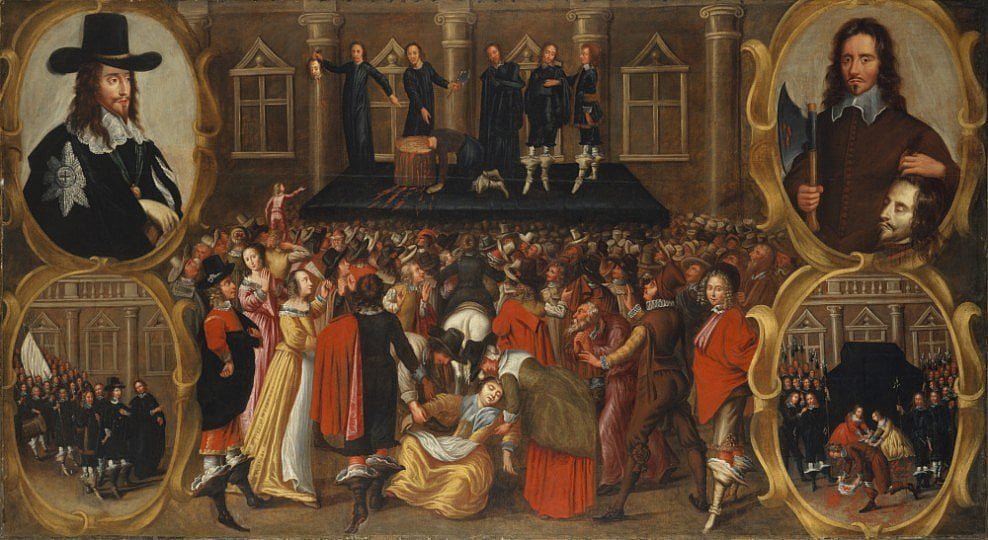 Of course this merriment couldn’t carry on forever. The ever-growing (and ever more wealthy) landed gentry and mercantile class inevitably begun to rail against the constant demands from the monarchy. They resented being asked cash whilst being denied political power, which instead remained firmly in the hands of the king and the nobility.
Of course this merriment couldn’t carry on forever. The ever-growing (and ever more wealthy) landed gentry and mercantile class inevitably begun to rail against the constant demands from the monarchy. They resented being asked cash whilst being denied political power, which instead remained firmly in the hands of the king and the nobility.
Under the Stuart king Charles I, these irreconcilable tensions led to open warfare in the 17th century. The nascent bourgeoisie, represented by parliament, stood up to the king – who was backed by the loyal and noble lords.
Or at least that was what Charles expected. However, the ability of the nobles to fight had become blunted under the Tudors and Stuarts. When the king called upon them to defend his position during the civil war they proved lacking.
“The aristocracy spent much of their time and energy during the civil wars and protectorate indulging in a rearguard action to protect their wealth.”
The nobles were mostly happy to back whoever seemed to be winning at the time. As a result, most of the English nobility (although not the king himself) merrily survived both the English revolution and the Protectorate that followed.
The nobles were happy enough to see the monarchy back on the throne, following the restoration of the Stuarts in 1660. But they now clearly wished to ensure that the monarch’s power was limited in cases where it conflicted with theirs. Similarly with the merchant class and the gentry.
James II’s attempt to restore Catholicism was opposed by the nobles who, in parliament, now adopted the title of the ‘country’ party or ‘the whigs’. They opposed the divine right of kings and stated that the monarch must rule by the ‘consent’ of the people (read: the lords). The right of property (i.e. their property) was absolute. With the ending of feudal tenure, this principle became firmly enshrined in law.
As such, James was summarily removed by force. William and Mary were brought in from Holland as suitable replacements, happy to accept the new arrangements. This achieved, the nobles could return to their primary aim of accumulating ever more money for their swollen coffers. As Bryant explains:
“The system was soaked in corruption, for the political dominance of the Whig aristocracy depended on the regular greasing of their lordships’ palms through ministerial salaries, pensions and sinecures…the landed elite governed the country and used their power to extract yet greater wealth.”
Karl Marx would refer to this time as the period when “the landed and capitalist profit-grubbers” achieved power (see Das Kapital vol 1).
Double standards
Despite the increasing economic role being played by the merchant class and landed gentry, the British aristocracy connived to maintain a firm (if not total) grip on the machinery of state and in parliament.
To quote Bryant: “Between 1690 and 1715 nearly half of all MPs were relatives of peers, barontes or knights; and the numbers rose significantly through the century and into the next.” The aim was to keep non-landed interests unrepresented in the House of Commons, “to exclude the ‘monied interests’ – men mired in commerce, trade or finance…”
The nobility worked hard to ensure that every double-standard going applied to them. They could only be tried under law by their peers (i.e. themselves) and used this to literally get away with murder.
Under convention, a lord was ‘let off’ a first offence, unless it was murder. Even then, if it suited the noble lords a technicality could be dug up to let the murderous toff off. If this was not possible, they at least had the comfort of knowing that they would be hanged with a silken rope. These privileges were only abolished in 1949.
Double standards existed everywhere. Morale laws for the poor were ruthlessly imposed, yet brothels and gambling houses for the aristocracy existed across the land. Mistresses and courtesans were everywhere, from the king downwards. Some of these women even managed to achieve celebrity status in the press of the day.
Such depravity was not confined to the English aristocracy. The nobles of pre-revolutionary France became famed for their collections of quality-printed and leather-bound pornography. The British aristocracy also participated heavily in the slave trade, only desisting when the government agreed to compensate them for ‘damages’ incurred in abolishing British involvement.
During this period, many of the modern-day sporting occasions so loved by royals and lords alike were established. The aim was to give the nobility something to do now that they were no longer obliged to run things or fight. Boredom had became a problem for the entitled elite.
The force of the state
The end of the 18th and start of 19th century saw a sharp rise in repressive measures being enacted by the state, as nobles sought to defend their privileges from the threat of revolution. There was a huge increase in the number of offenses that carried the death penalty. Any opposition to the status quo carried the threat of brutal suppression: prison, exile, or the gallows.
Offenses against property were deemed especially serious. The nobility were very keen to see poaching dealt with by the hardest means possible. Two years hard labour were handed out for a second offence, and transportation if you were caught on land with a gun without the proper permission.
The aristocrats were backed by the landed and industrial capitalist class. This was a ruthless class of exploiters, who also feared revolution. Yet they also now wanted firm political control of the state machine, which they saw as theirs by right, just as the nobility had claimed centuries earlier.
The brute force of the state against the working class was also used to develop the industrial capitalist system, not least through the expansion of colonialism. “Force is the midwife of every old society which is pregnant with a new one.” (Marx, Das Kapital, vol 1)
Parliamentary democracy
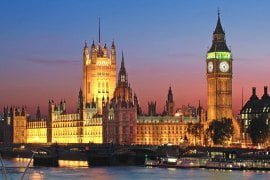 The rise of capitalism inevitably led to the ‘reform’ of parliament. The system of so-called ‘rotten’ boroughs was ended. This had allowed a handful of Lords to put their cronies in parliament as elected representatives.
The rise of capitalism inevitably led to the ‘reform’ of parliament. The system of so-called ‘rotten’ boroughs was ended. This had allowed a handful of Lords to put their cronies in parliament as elected representatives.
The Reform Acts of 1884 and 1885 increased the electoral franchise by reducing the voting qualification to £10, enough to include ‘men of standing’. These included “monied interests’ but not (needless to say) the working class. Seats were also rebalanced away from the countryside and towards industrial cities.
The monarchy also saw its powers heavily reduced. Their ability to select ministers of state was taken over by the House of Commons, under the new office of the prime minister.
Later, an Act of 1888 removed the power of the nobles to effectively run their own areas through lord lieutenants and magistrates. Instead, a network of local government bodies was created, elected every three years. The formation of the modern state machine was underway. This would be a capitalist state, in which the aristocracy would have to take a back seat.
The long fight of the capitalist class to have control over government was finally decided in 1910. The right for the Lords to overturn the Commons was stopped by the prime minister, Asquith. He said that if the Tory lords rejected the parliament bill, he would create 400 new peers to push it through. The noble 8th Duke of Rutland was reduced to calling the cabinet “a pirate crew of tatterdemalions”.
Snouts in the trough
Although the noble lords defended landed aristocracy, they also now had their own hands in the capitalist system. The Standard newspaper noted at the time that the lords included not only 147 major landowners but also 39 captains of industry, 35 bankers, and 35 railway directors.
The British aristocracy now set about trying to function in the modern era. Some were not happy about it and yearned for a return to the days of old.
In the 1920s, many royals and lords showed a considerable sympathy for fascism and “a succession of aristocrats joined avowedly fascist organisations”. There were strong links between German Nazis and a British aristocracy that feared communism and liked the Nazi message of racial purity.
Despite their aversion to state ownership, as the 20th century wore on many nobles found themselves chasing after state funding to keep their rundown stately homes habitable. This is all the more galling when you consider that – according to the 2016 Sunday Times Rich list – 30 peers still have a wealth of £100 million or more. These people have become adept at hiding their money so that they can pocket more of ours.
Hereditary peers have also had to share their seats in the House of Lords with political appointees – ‘working’ peers and the like. If this insult wasn’t enough, they have also seen their number in the chamber reduced to just 72 out of around 800, with a further cut on the cards. Still, they can comfort themselves with the fact that they still have their ancient titles…and all their money and land, of course.
Abolish these feudal relics!
 There are a couple of questions that Bryant’s book does not really address, despite being pretty critical of these pampered layabouts. Why are they still tolerated? And what should happen to them?
There are a couple of questions that Bryant’s book does not really address, despite being pretty critical of these pampered layabouts. Why are they still tolerated? And what should happen to them?
The ruling class at present prefers a system of parliamentary democracy above all else. It gives the illusion that we – the people – are in control, even though in reality power and decision makings lies with the ruling elite.
Such an arrangement, however, will (and is) being tested by the crisis of the system. The aristocracy exists as a reserve option for the establishment, ready to be used should the need arise. This is especially true of the monarchy, in whose name the government and the machinery of state officially acts.
This is a warning to the labour movement. Although deference to the aristocracy has faded in recent years, it can still be called upon if need be. The House of Lords has had its powers trimmed of late, especially since it stopped playing ball with the Tories in the Commons. But it still exists.
Together with the monarchy, these institutions could still pose a threat to a future socialist government.
The socialist position should be clear: abolish the monarchy and the House of Lords. These feudal relics – the descendents of murderers, robbers, thugs, and money-grabbers – must be consigned to the dustbin of history, along with all the other garbage of centuries past.

